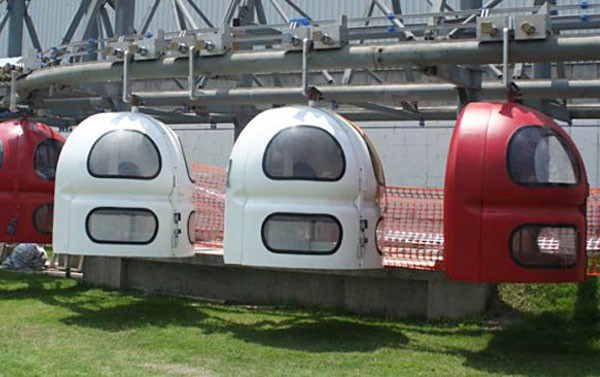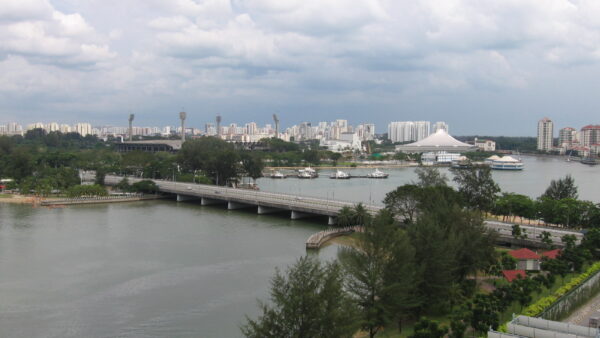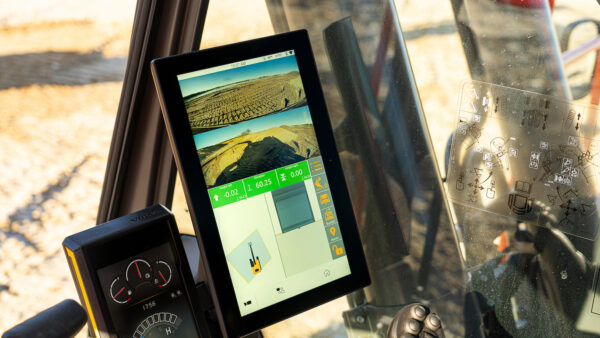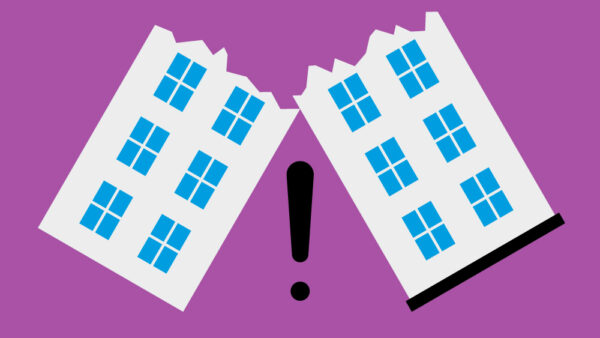A novel solution to Mexico City’s dysfunctional public transport system has been proposed by the city’s science department: a system of urban ski-lifts that takes travellers above the streets.
The idea involves erecting a network of monorails along which gondolas containing up to two people run.
The TUEP, would be placed above the trees and bridges and it would be able to flow continuously– Rene Drucker Colin, SECITI
Passengers can select their destination with the help of a computerised system that can switch the gondolas from one track to another.
The scheme, called Transporte Urbano Elevado Personalizado (TUEP), has received $2.3m in initial funding from the Mexico City government.
A video of the system in action can be seen here.
The city’s Department of Science, Technology and Innovation (SECITI) estimates that the system would have the capacity to transport 37 million people a year if it were laid over an area 5km in diameter, or 200 million people if the diameter spanned 15km.
At a press conference, Rene Drucker Colin, the head of SECITI, said a prototype was in development, and that its design and technology were entirely Mexican.
“The TUEP, would be placed above the trees and bridges and it would be able to flow continuously,” he said. The height of the lines would be between six and eight metres.
The prototype, which has 400m of track, is being developed by a special purpose vehicle called TUEP.

Prototypes of the city’s gondolas (SECITI)
TUEP gondolas would travel about 10m apart at a speed of 15km/h in what the TUEP describes as a safe, comfortable and economical mode.
The computer control system would take each gondola to its final destination with no intermediate stops.
The system would be built using a prefabricated structure with tubular track and stations every kilometre.
According to estimates made by TUEP, a journey made on its system would cost 40% less than the same trip made on a Mexico City Metrobus and 9% less than the metro.
Luis Zamorano MorfÃn, the designer of the prototype, said the system may be procured using a public-private partnership.
“We have studied some routes but we do not yet have any specific site to install because the borough authorities have to decide whether to go ahead,” he said. “So far the districts of Iztapalapa, and Xochimilco Miguel Hidalgo have already shown an interest.”
Photograph: An artist’s impression of a TUEP line (SECITI)
Comments
Comments are closed.











Whoever wrote this article has obviously not spent much time in Mexico City.
In no way can one describe Mexico City’s transit system as “dysfunctional”. In fact, it’s one of the best in the world, with a huge, efficient subway system and a rapidly-expanding, state-of-the-art BRT system. If you want to see a dysfunctional transit system, come to Washington, DC, where I live.
What’s dysfunctional in Mexico City is their automobile system, but that could be said of almost any major city in the world. Unlike most major cities, Mexico City has actually made noticeable progress regarding their cars. The air quality has improved to the point where one can now see the spectacular volcanoes in the distance on most days.